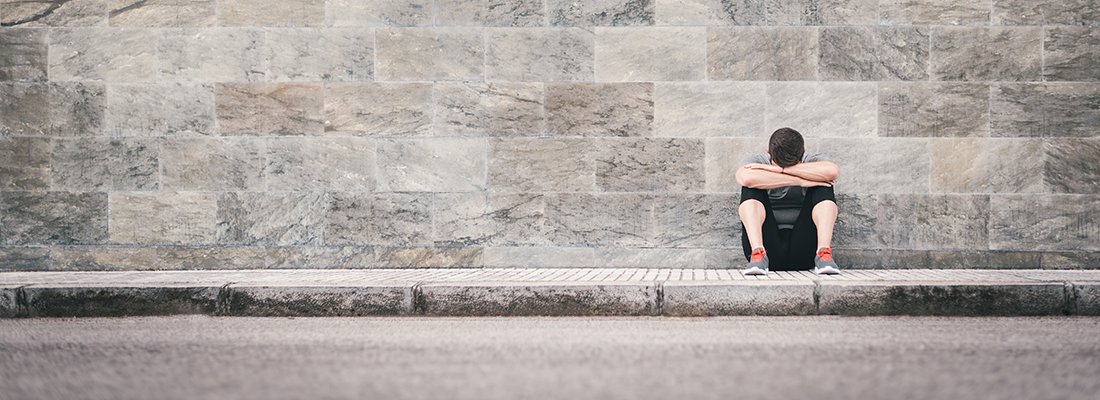Print
|
Physical activity has been shown to improve mood and reduce the risk of several mental health disorders, but young athletes can still be at risk for anxiety, depression and even suicide.
If you have any concern that your child is experiencing mental health issues, do not wait. Talk with your child about how they are feeling and involve your healthcare provider early. |
|
| Want More Information? | |
| References: Duffy, Mary E., et al. (2019). Trends in Mood and Anxiety Symptoms and Suicide-Related Outcomes Among U.S. Undergraduates, 2007–2018: Evidence From Two National Surveys. J Adolesc Health, 65(5):590-598. Keyes, Katherine M., et al. (2019). Recent Increases in Depressive Symptoms among US Adolescents: Trends from 1991 to 2018. Social Psychiatry and Psychiatric Epidemiology, 54(8):987–996. Reardon, Claudia L, et al. (2019). Mental Health in Elite Athletes: International Olympic Committee Consensus Statement. British Journal of Sports Medicine, 53(11):667–699. Twenge, Jean M., et al. (2019). Age, Period, and Cohort Trends in Mood Disorder Indicators and Suicide-Related Outcomes in a Nationally Representative Dataset, 2005–2017. Journal of Abnormal Psychology, 128(3):185–199. |
|

